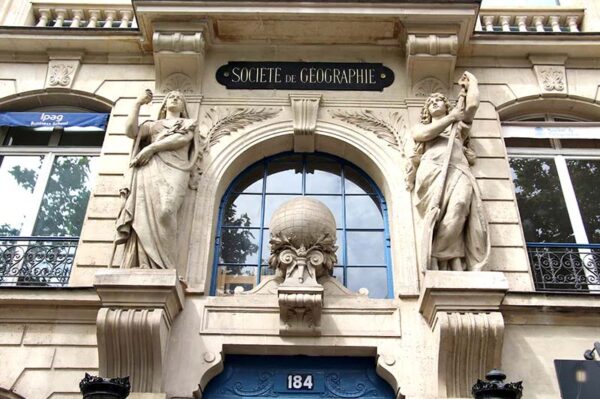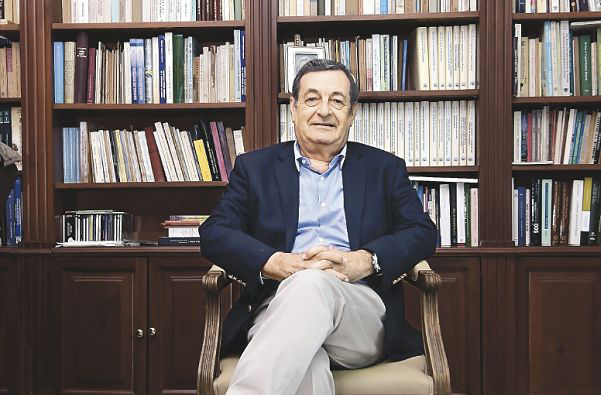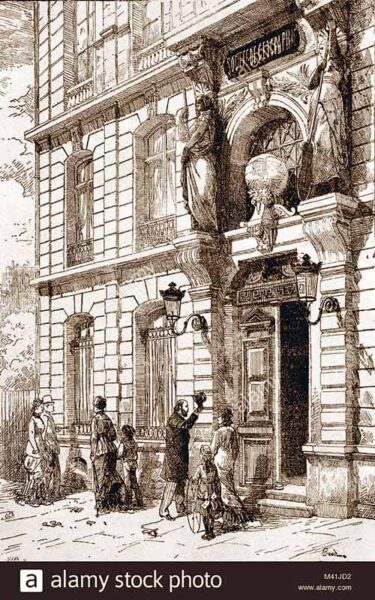Canal, Bicentennial of Panama’s Independence and of the Paris Geographical Society
The 19th century marked a period of social change, knowledge production and technological innovations. In the Spanish American sphere, it […]
The 19th century marked a period of social change, knowledge production and technological innovations. In the Spanish American sphere, it is the context that expresses the emancipation of the American colonies from the monarchic regime. Panama becomes independent and is the scene of the generation of knowledge and technology, and with a direct relationship with the Geographical Society of Paris (SGP).
Panama’s independence, its bicentennial and the Canal converge in these themes and more. From a geopolitical point of view, the Canal has an impact on the interest of the emerging powers that are opening up to the Canal of the emerging powers that rushed to control the route and maritime communication. El Faro explores, in the voice of Dr. Omar Jaén Suárez, these issues, placing these aspects of the route in a universal context.

Why is the Société Géographique de Paris (SGP) important to the history of Panama and the Canal?
The SGP celebrates two hundred years in 2021. Beyond celebrating the bicentennial of its founding in Paris on December 15, 1821, days after Panama’s independence from Spain on November 28 of that year, the SGP can be considered the forerunner of the Panama Canal. The International Congress for the Studies of the Interoceanic Canal met in its bosom on May 15, 1879. It was attended by 136 delegates from 25 countries, where Colombia was represented by Panamanian engineer Pedro J. Sosa. There, on May 29, the construction of the Canal was decided by majority vote on its present route. One of its most prominent members, Ferdinand de Lesseps, pioneer of the construction of the Panama Canal and the Suez Canal, became its president.
The SGP preserves in its historical archives, in special rooms of the National Library of France, many documents from the end of the 19th century. The records are complemented by hundreds of photographic plates of the period and of the work of the French canal, among the monumental collection that covers the entire planet to this day.

What has been the role of the GSP in the construction of scientific knowledge?
The GSP, the first and oldest in the world, is a direct result of 18th century Enlightenment thinking. The idea of its creation dates back to 1785 in the run-up to the French Revolution (1789). It was officially founded in a ceremony at the Palais Municipal in Paris on December 15, 1821. It was attended by 227 of the most distinguished scientists of the time and elected Marquis Pierre Simon Laplace, the great French mathematician and astronomer, as its first President. Many of the scientists who accompanied Napoleon Bonaparte on his trip to Egypt in 1798 were part of this initial stage of the SGP. This event transcends, among other events, with the important translation of Egyptian hieroglyphs to contemporary knowledge, through the inscriptions of the Rosetta Stone.
The fundamental purpose of the SGP was to enable the production and dissemination of geographical knowledge, and to value the circulation of this knowledge in the world at a crucial moment for the formation of Geography as a science. Its vocation is to facilitate geographical knowledge at a universal level in a world that was being opened by explorers since the 19th century, driven by the expanding colonialism. For this reason, the studies it treasures and its immense documentary collections cover all continents with a special reference to Africa, although the two Americas, Europe, Asia and Oceania are very present.

Does the celebration of the bicentenary of the GSP coincide with the bicentenary of the Republic? Will Panama be present at the bicentenary to be held in December in Paris?
Panama and the GSP are intimately linked by the history of inter-oceanic communication. We have been on its map since the 1870s, when explorers Wyse and Réclus came to study the Panamanian isthmus and whose results illustrated the International Congress of 1879. Since then, he has honored our country by naming me in 2000, an honorary member along with the Egyptian Butros Butros-Gali (1922-2016), former Secretary General of the United Nations, in the ceremony held in the amphitheater of the SGP. It was a way to celebrate two sister canals: the Suez Canal and the Panama Canal.
The SGP has 43 honorary members, including seven Latin Americans (three Argentines, two Brazilians, one Mexican and one Panamanian). In general, they are geographers, university professors, rectors, diplomats, scientists, heads of state who promote geographical knowledge, such as the presidents of Romania and Iceland, Prince Albert of Monaco and the Crown Prince of the United Kingdom, Charles, Prince of Wales, laureate of the Society’s Grand Prize.
On December 15, I will attend the event at the Sorbonne amphitheater in Paris, to honor the kind invitation sent to me by the president of the SGP to participate in the bicentennial commemoration. The ceremony will be presided by the President of France, Emmanuel Macron, accompanied by his ministers, the presidents of other geography societies of the world, members of the SGP, and special guests. I will be there, accompanied by my wife Jacqueline, and I will participate as an honorary member of the Society and also as a representative, of course unofficially, of the Panamanians and our Interoceanic Canal.